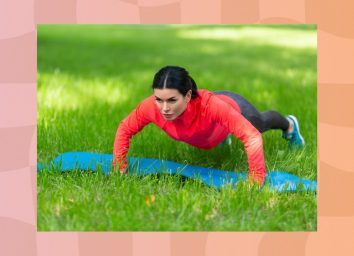If You Can Hold This Plank for 60 Seconds, You're Stronger Than Most
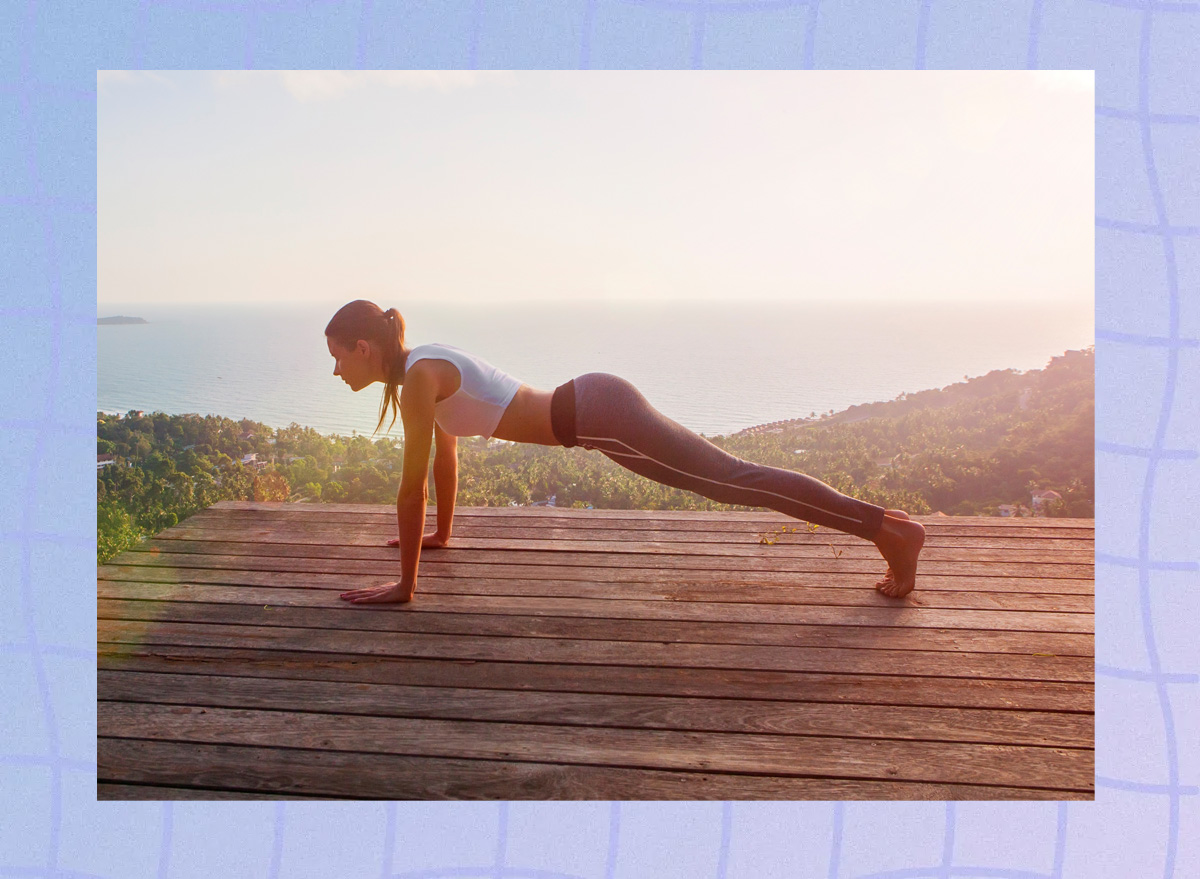
You've probably done a plank or two in your time. Maybe even groaned through a shaky 30 seconds or challenged yourself to a two-minute burn. But a clear difference exists between a basic plank and a genuinely advanced one. The extended arm plank separates the casual core trainer from the serious core crusher. Hold it long enough and you are not just fit — you are unshakable.
The extended arm plank might look simple, but it is anything but easy. With your arms fully extended out front of you, your core works overtime to keep your body stable. Unlike the forearm plank, this variation activates more of your upper body, especially your shoulders, chest, and triceps. At the same time, it puts your deep core muscles under constant stress. It is an accurate benchmark for total body control and endurance.
In this article, we will break down everything you need to know about the extended arm plank. You will learn why it is a powerful core challenge, how to do it with perfect form, how your performance stacks up against common standards, and which exercises can help you improve and reach elite levels of strength and control.
Benefits and Challenges of the Extended Arm Plank
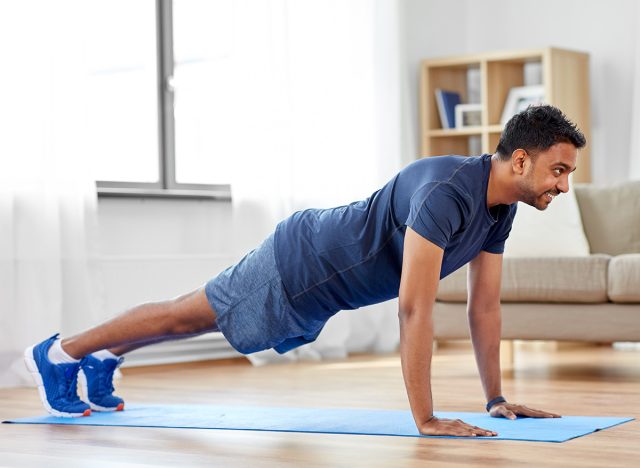
The extended arm plank delivers a full-body isometric hold that lights up your shoulders, chest, back, glutes, and quads. The position forces you to create full-body tension, which trains your ability to stabilize under load. This skill carries over to everything from lifting heavy weights to running more efficiently.
But the challenge? It's a test of mental focus and muscular coordination. You're fighting gravity, resisting spinal extension, and preventing sagging through your hips or shoulders. Small leaks in form turn into big breakdowns over time. That's why even strong, athletic individuals might be surprised at how humbling this plank can be.
The good news is that mastering it doesn't make you (only) better at planking. It upgrades your push-ups, pull-ups, squats, and carries. Your core becomes a stronger foundation for every movement you do.
How to Do a Perfect Extended Arm Plank
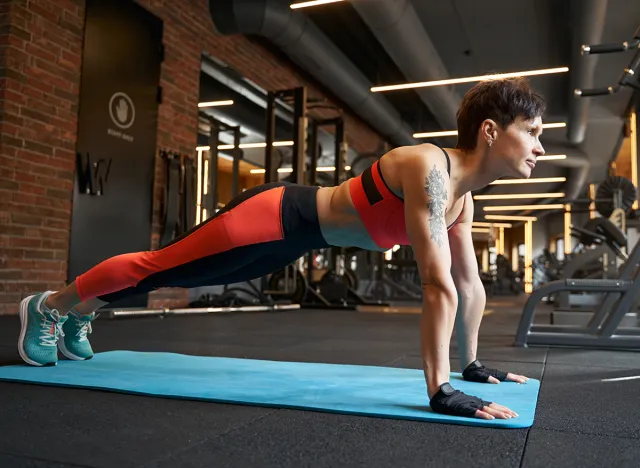
Set up like you're about to do a push-up, but you hold the top position instead of lowering down. Here's how to lock in perfect form:
- Start on all fours with your hands directly under your shoulders and knees under your hips.
- Step your feet back one at a time until your body forms a straight line from head to heels.
- Reach your arms out in front of your body until they're straight and tense.
- Engage everything. Squeeze your glutes, brace your core, and press the floor away with your hands to activate your shoulders.
- Keep your head neutral by looking slightly ahead of your hands.
- Hold with tension, not just time.
Pro tip: Film yourself or check your form in a mirror. If your hips sag or your lower back arches, reset and shorten the time to stay clean.
Where You Rank: Beginner to Elite
Let's see how your core endurance stacks up. These benchmarks are based on clean, high-tension holds. Avoid sagging hips and lazy posture.
- Beginner: Less than 30 seconds
You're starting out—focus on technique and building tension. - Intermediate: 30 to 60 seconds
Solid core endurance. You're holding your own and starting to build resilience. - Advanced: 60 to 90 seconds
You've got firm control and solid full-body tension. This is the sweet spot for most lifters and athletes. - Elite: 90+ seconds
You've got elite core endurance, full-body control, and the focus to stay locked in under fatigue.
Goal: Aim to progress with pristine form. Quality over quantity. Holding a wobbly three minutes means less than a rock-solid 60 seconds.
How to Improve Your Extended Arm Plank
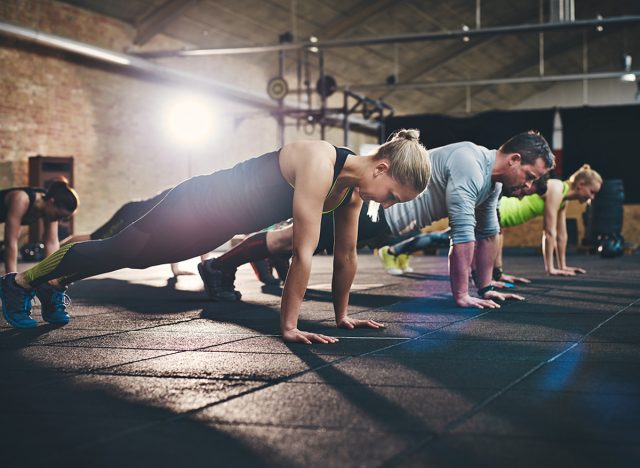
If you're ready to level up, here's how to build the strength, endurance, and control to crush your plank goals:
Core-Strengthening Exercises
- RKC Plank: Squeeze everything—glutes, abs, quads, fists—for short, high-tension holds.
- Plank Shoulder Taps: Fight rotation as you lift one hand and touch the opposite shoulder.
- Hollow Body Holds: Builds deep core strength and control.
- Push-Up Holds: Pause at the top (or bottom) of a push-up to build plank endurance.
- Dead Bugs and Bird Dogs: Reinforce anti-extension and anti-rotation strength.
Form Tips
- Keep your ribs pulled down and avoid flaring your lower back.
- Actively press through the floor to engage your shoulders.
- Squeeze your glutes and quads to reinforce full-body tension.
How Often to Train & Test
- Add plank variations to your routine 2 to 3 times per week.
- Retest your max hold every 3 to 4 weeks using video or a mirror to check form.
- Don't chase time. Aim for clean, controlled tension.
Make better eating choices every day by signing up for our newsletter, and be sure to follow us on MSN!


